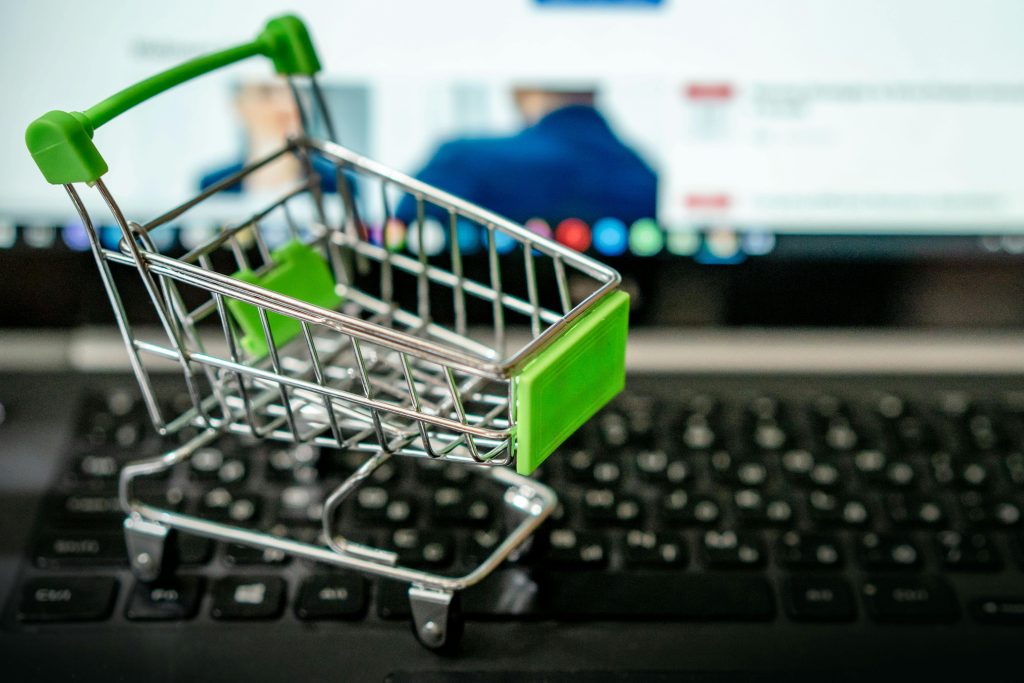Efficiently Transferring Large Collections of Photos to Your Laptop Without Data Loss
Handling a vast collection of photos—such as screenshots, downloads, and personal images—can be a complex process, especially when your library exceeds 10,000 files. Ensuring that none of your precious images are lost during migration requires careful planning and the right tools. If you’ve encountered hurdles with conventional methods, this guide offers insights and best practices to help you transfer your photo library effectively and preserve all metadata.
Common Challenges in Transferring Large Photo Libraries
Many users face obstacles when moving extensive photo collections:
- Hidden or Disorganized Files: Photos stored across numerous folders, including hidden directories, can be overlooked or inaccessible through simple transfers.
- File Loss During Transfer: Manual copying or standard USB transfers might miss files contained within nested or hidden folders.
- Metadata Loss: Exporting photos through cloud services or archives can strip essential metadata, such as EXIF data, making organization and sorting difficult post-transfer.
- Inconsistent Sorting Requirements: Without metadata, photos may appear in random order, complicating organization.
Strategies for a Successful Migration
1. Comprehensive File Retrieval
Instead of manual copying, consider using specialized file management tools that can detect hidden or system-protected files. For Windows, tools like Total Commander or Everything enable deeper searches and easier selection of all media files.
2. Using Cloud Services with Caution
Uploading to cloud platforms like Google Photos offers a convenient way to back up images, but it often alters or strips metadata:
- Export Carefully: When exporting via Google Takeout, be aware that metadata may be saved separately, often in JSON format, which complicates sorting.
- Maintain Metadata Integrity: To preserve EXIF data, prioritize direct transfer methods over cloud backups, or ensure the cloud export includes metadata.
3. Direct Device-to-Computer Transfer
Connecting your device directly to your laptop via USB remains effective but requires navigating device storage:
- Access Hidden Files: Enable “show hidden files” in your file explorer settings.
- Use Dedicated Software: Applications like Android File Transfer or device-specific utilities can access all folders, including hidden ones.
4. Preserving and Restoring Metadata
If metadata is lost or stored separately, specialized tools can assist:
-
EXIF Tool: A powerful command-line utility for reading, writing, and editing EXIF data in images.
-
Note:
Share this content:



